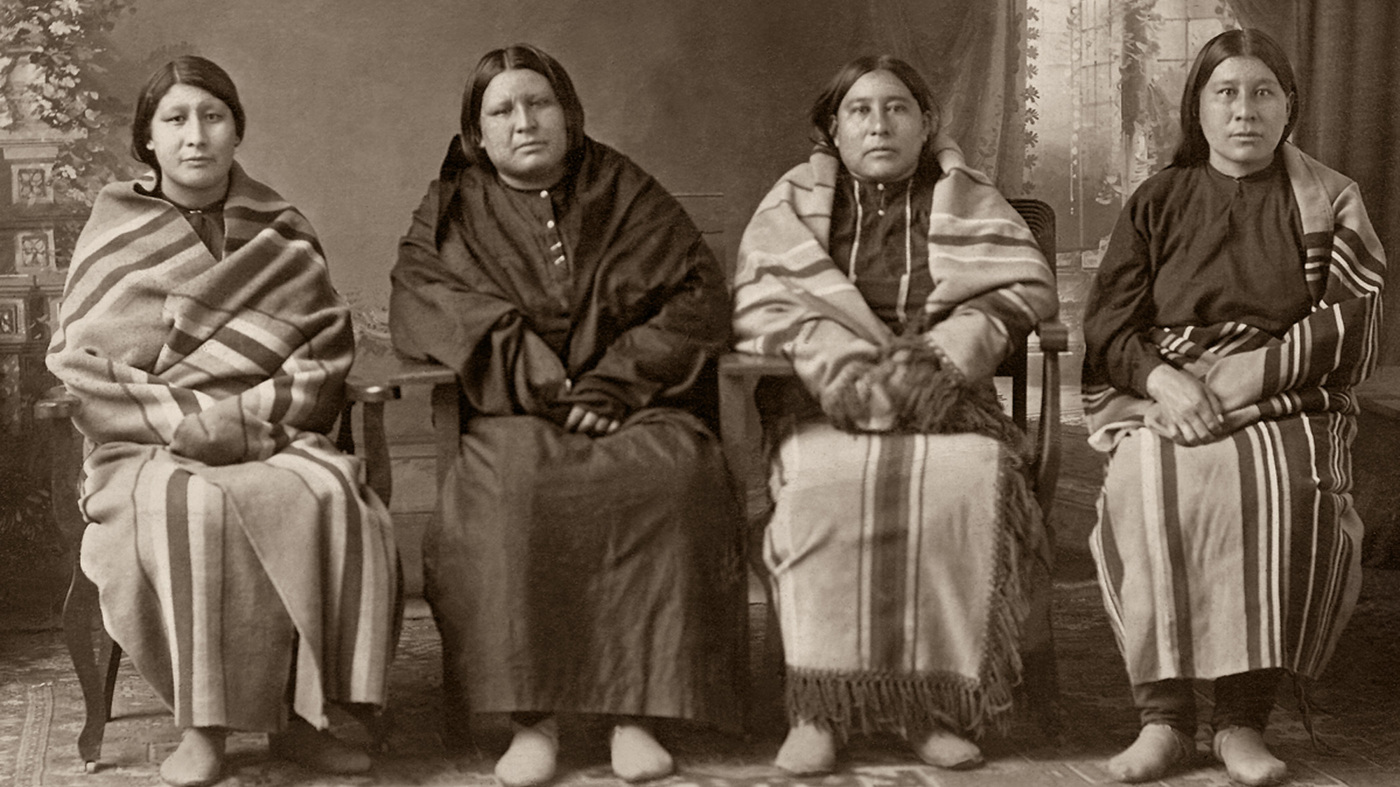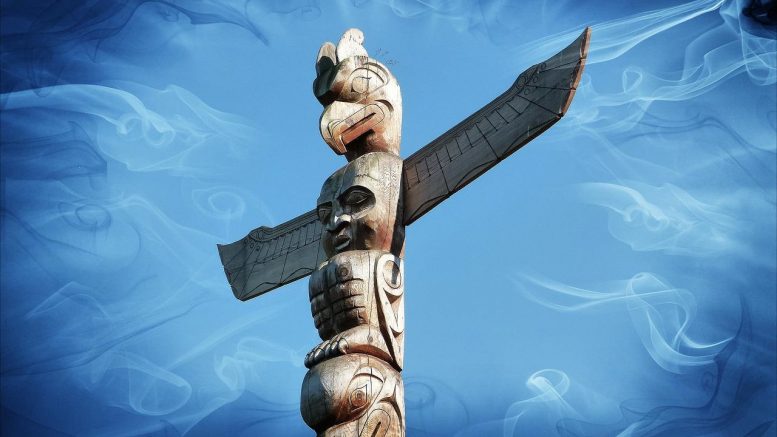In the history of the United States, there are numerous captivating and mysterious moments, and one of the most fascinating aspects is the Native Americans – a people who inhabited these lands for thousands of years. Mysterious and intriguing, they have left their mark on America’s history, culture, and traditions. In this article, we will explore 13 astonishing facts about the enigmatic Native Americans of the USA, unraveling the secrets and richness of their culture. Get ready for a captivating journey into the past, where each fact is a key to understanding the remarkable world of American Indians.
1.There are currently approximately five million Indians living in the United States, representing about 1.6 percent of the country’s total population.
The largest number of Indians live in the states of California (approximately 740 thousand), Oklahoma (415 thousand) and Arizona (366 thousand). The city of Los Angeles ranks first in terms of Indian population.
2.The US Declaration of Independence contains an extensive list of complaints from American colonists against the King of Great Britain.
One of these complaints was the allegation that the king was attempting to manipulate the frontiersmen by using ruthless Indian savages whose warfare strategies were aimed at exterminating people regardless of their age, gender, or marital status.
3.The Indians are the indigenous inhabitants of the American continent.
However, they only became US citizens in 1924, when President Calvin Coolidge signed legislation into law.
4. Under United States law, a person can be considered an Indian if he can prove that one of his grandparents was a native inhabitant of America, and that their tribe lived in what is now part of the United States.
5. There are currently 565 Indian tribes in the United States that have received official federal recognition.
To be officially recognized, tribes must prove that they existed as independent communities prior to first contact with “non-Indian peoples” (which includes Europeans and their descendants), that they maintain their traditional organization and mode of transmission of power, and that they have a written constitution, and that modern members of the tribe have a genetic connection with ancestors who belonged to the tribe before first contact with white people (as confirmed by scientific research), and so on.
Federal recognition of tribal status is significant because it establishes a special relationship between the community and the United States government. These relationships presuppose that all interaction occurs exclusively at the state level. Official correspondence uses the term “sovereign nation” to denote this status. In addition, tribes that prove that their property was requisitioned by agents of the US government or their ancestors may receive federal subsidies and grants. The United States Government recognizes the right of these tribes to self-government and self-determination and supports their sovereignty.
Sovereign nations have the right to establish their own government, develop and pass laws (state laws do not apply to them), impose taxes, assign tribal status, as well as license and regulate almost all types of activities, etc. Many Indian reservations have active tribal courts and law enforcement agencies. From a legal perspective, Indian reservations have essentially the same rights as states in the United States. However, like the states, they do not have the right to establish official relations with other states, wage war or issue their own currency.

Mollie Burkhart (second from right) lost all three of her sisters under suspicious circumstances. Rita Smith (left) died in an explosion, Anna Brown (second from left) was shot in the head and Minnie Smith (right) died of what doctors referred to as a “peculiar wasting illness.”
6. The most numerous Indian tribes currently include the Cherokees (with a population of about 310 thousand), Navajo (approximately 280 thousand), Sioux (115 thousand, respectively) and Chippewa (113 thousand).
7. Native American tribes currently control approximately 2 percent of the United States as reservations.
Some of these reservations are as small as 1 acre (4 square kilometers), while the largest is the Navajo Reservation, which is about the size of the state of West Virginia. Currently, more than a third of the Indians in the United States live on these reservations, and a third of them are located in Alaska.
8. The average age of Indians is 29.7 years, which is noticeably less than the average age of ordinary Americans (36.8 years).
Native American families are typically larger in size than the average U.S. family. While 66 percent of Americans own residential property, only 55 percent of Indians own their home. Indian homes cost significantly less than the national average ($129.8 thousand versus $185.2 thousand). In 2009, 23.6 percent of Indians lived below the poverty line, higher than the national average of 14.3 percent.
Although Native Americans have significant privileges in higher education and often receive free education, educational attainment among this population remains extremely low. While 28 percent of Americans have a college degree, only 16 percent of Native Americans have a college degree.
According to long-term statistics provided by the US Department of Justice, American Indians are twice as likely to be victims of violent crime compared to the rest of the US population. Native Americans also have higher rates of alcohol and tobacco abuse than the general U.S. population.
9. Approximately 21 percent of native-born Americans speak a language other than English at home, comparable to the overall rate in what is often called “immigrant country,” where the rate is 20 percent.
There are currently 139 different Native American languages in the United States, but more than half of them are on the verge of extinction. Data from 2008 show that 72 percent of Native Americans do not speak a language other than English.
10. Freedom of religion in the United States is guaranteed by the Constitution.
However, in the case of Indians, a special law has been passed that gives them the opportunity to freely practice their religious rites. This is because many of these rituals require the use of eagle feathers, and eagle hunting is illegal in the United States. Indians were granted the right to purchase eagle feathers, but only to tribal members, and were prohibited from selling or giving them to non-Indians in order to preserve this important part of their religious practice.
11.The term “Redskin” first appeared among British colonists who settled in New England, where they had neighbors from the Beofax tribe (which no longer exists).
The warriors of this tribe painted their bodies with ocher, which became one of the sources of this name. Over time, the word “Redskin” came to be used to separate Indians from Europeans, Africans, and Asians on racial grounds.
In 1992, a group of American Indians petitioned the U.S. Patent and Trademark Office to ban the use of the term “Redskin” in business names, sports teams, trademarks, and so on, arguing that the exclusive right to use it should belong to Indians. However, their appeal was rejected, since it was impossible to legally formalize the ban on the use of the term “redskin”.

